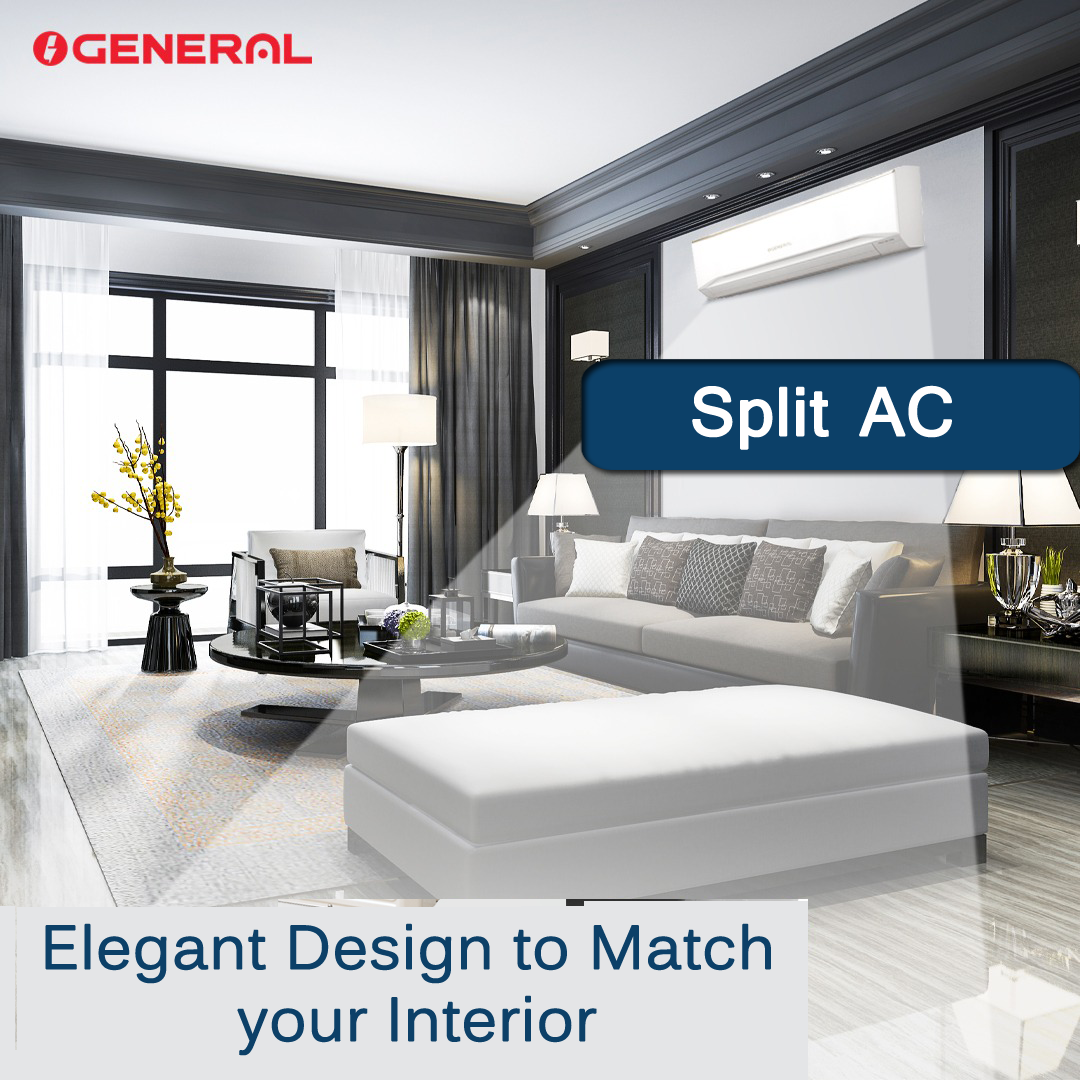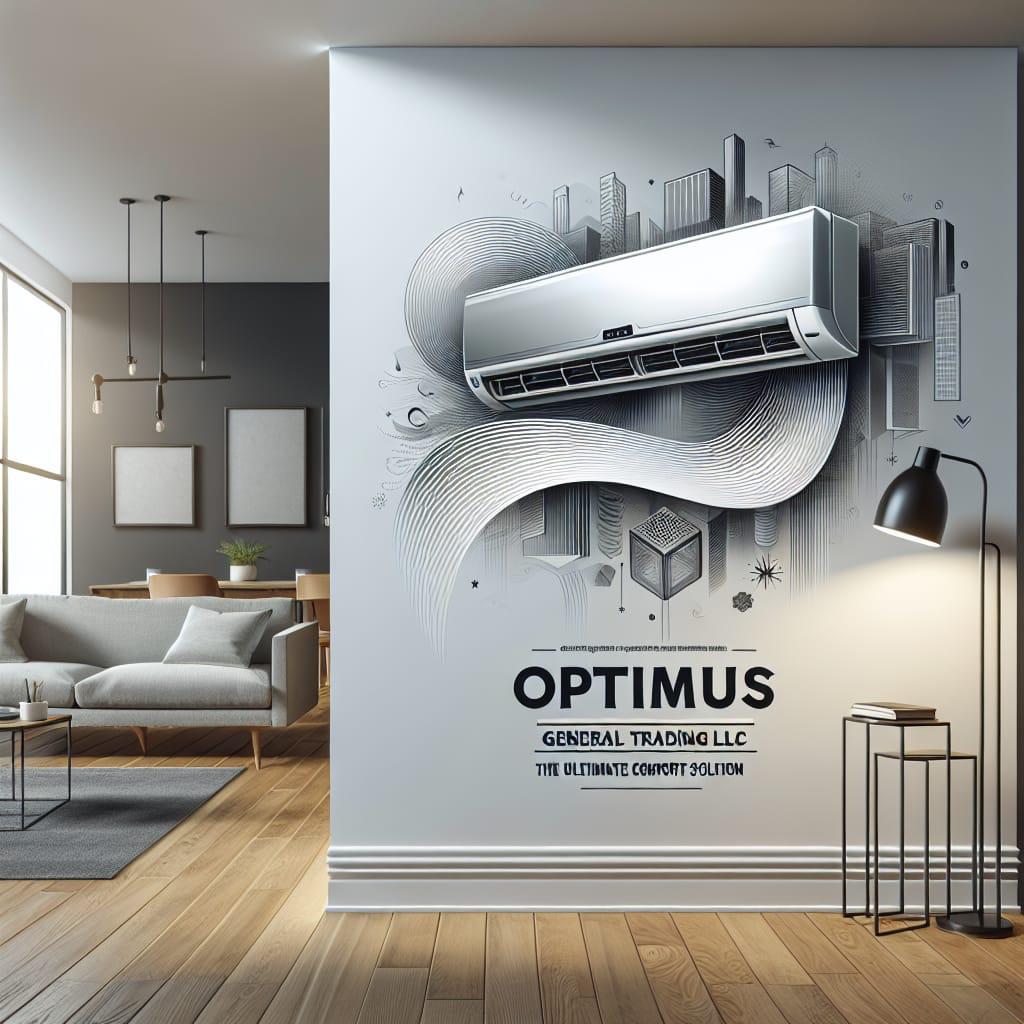Ducted AC Vs. Split AC: Which is Better for Homes?
When it comes to keeping your home cool in the sweltering heat of the UAE, choosing the right air conditioning system is essential. With various options available, two of the most popular choices are ducted and split air conditioning systems. Each system has unique benefits and drawbacks, making it crucial to understand their differences to determine which one is best suited for your home. In this blog, we’ll explore the key features of ducted and split AC units, compare their efficiency, cost, and installation requirements, and help you make an informed decision.
Overview of Ducted Air Conditioning
Ducted air conditioning, also known as ducted reverse cycle air conditioning, is a centralized system that uses ducts to distribute cool or warm air throughout your home. This system typically consists of a central unit located outside, connected to a network of ducts hidden in your ceiling or walls. Vents located in each room release the conditioned air, providing consistent comfort.
Installation Process: Installing a ducted system is more complex than a split system, often requiring professional help and a higher upfront cost due to the necessary ductwork. However, once installed, it offers a seamless aesthetic as the ducts are concealed within the structure of your home. Additionally, ducted systems allow for zoning, enabling you to control the temperature in different areas of your home, which can lead to energy savings and enhanced comfort.
Maintenance: Ducted systems require regular maintenance to keep the ducts clean and the central unit functioning efficiently. Filters need to be checked and replaced periodically to ensure optimal air quality. Furthermore, scheduling annual professional servicing can help identify and fix any potential issues before they become significant problems.
Overview of Split Air Conditioning
Split air conditioning systems are composed of two main components: an indoor unit and an outdoor unit. The indoor unit is mounted on the wall or ceiling of a room, while the outdoor unit is placed outside your home. Split ACs are designed to cool individual rooms, making them a flexible option for homes with varying cooling needs.
Installation Process: Split AC systems are generally easier to install, requiring only a small hole for the pipes connecting the indoor and outdoor units. This simplicity often results in lower installation costs compared to ducted systems. Additionally, they can be installed in various configurations to suit different room layouts, making them highly versatile.
Maintenance: Split AC units also require regular maintenance, including cleaning or replacing filters, checking refrigerant levels, and ensuring the outdoor unit is free from obstructions. Keeping the system clean and well-maintained can significantly enhance its performance and lifespan.
Comparison of Ducted and Split AC Systems
- Cost:
- Ducted AC: The initial purchase and installation costs are higher due to the complexity of ductwork. However, they may offer savings in the long run through better energy efficiency for larger spaces.
- Split AC: More affordable upfront, making them an attractive option for smaller homes or individual room cooling.
- Aesthetics:
- Ducted AC: Provides a clean, streamlined look, as all ductwork is hidden from view. Only the vents are visible, blending seamlessly with your home’s decor.
- Split AC: The indoor unit is visible and may not suit all interior styles, though many models are designed to be more visually appealing.
- Energy Efficiency:
- Ducted AC: Generally more energy-efficient for larger homes, as they can maintain a consistent temperature across multiple rooms. The ability to zone also allows you to cool only the areas in use, further improving efficiency.
- Split AC: May consume more energy in larger homes if multiple units are required, but newer models boast improved energy ratings and inverter technology, which enhances energy efficiency.
- Cooling Capacity:
- Ducted AC: Ideal for cooling larger homes or open-plan spaces, distributing air evenly throughout multiple rooms.
- Split AC: Best suited for smaller spaces or individual rooms, offering flexibility in usage.
- Noise Levels:
- Ducted AC: Operates quietly, as the noisy components are located outside the home.
- Split AC: The indoor unit may produce some noise, which can be a consideration in bedrooms or quiet spaces. However, many modern split systems are designed to operate quietly.
- Zoning Options:
- Ducted AC: Allows for zoning, meaning you can control temperatures in different areas of your home, leading to increased energy savings. This feature is particularly beneficial for larger households where different family members may prefer different temperatures.
- Split AC: Typically operates in single zones, requiring separate units for each room.
Pros and Cons of Each System
Ducted AC Pros:
- Aesthetic appeal with hidden ductwork.
- Efficient for larger homes.
- Ability to cool multiple rooms simultaneously.
- Zoning capabilities for tailored comfort.
Ducted AC Cons:
- Higher installation costs and complexity.
- More invasive installation process.
- Requires regular maintenance for ducts and filters.
Split AC Pros:
- Easier and more affordable installation.
- Flexibility to cool individual rooms.
- Lower upfront costs compared to ducted systems.
- Generally quieter operation in specific rooms.
Split AC Cons:
- May be less energy-efficient for larger spaces.
- Visible indoor units can affect room aesthetics.
- Requires multiple units for larger homes, which can increase costs.
Ideal Scenarios for Each System
When deciding between ducted and split AC systems, consider your home’s layout, size, and cooling needs. Ducted systems are perfect for larger homes or those with multiple rooms requiring cooling, providing a unified approach to air conditioning. They are especially beneficial in homes with open-plan living areas, where consistent cooling is necessary.
On the other hand, split systems excel in smaller homes, apartments, or specific rooms where individualized cooling is preferred. If you have a home office or a guest room that is used sporadically, a split system can provide a cost-effective solution without the need to cool the entire house.
Conclusion
Both ducted and split air conditioning systems have unique advantages and considerations. Ultimately, the choice will depend on your specific needs, budget, and the layout of your home. By understanding the differences, you can make an informed decision that ensures year-round comfort for you and your family.
For expert advice on air conditioning systems tailored to your home, visit us at O General AC UAE. Our team is ready to help you find the perfect solution for your cooling needs!





